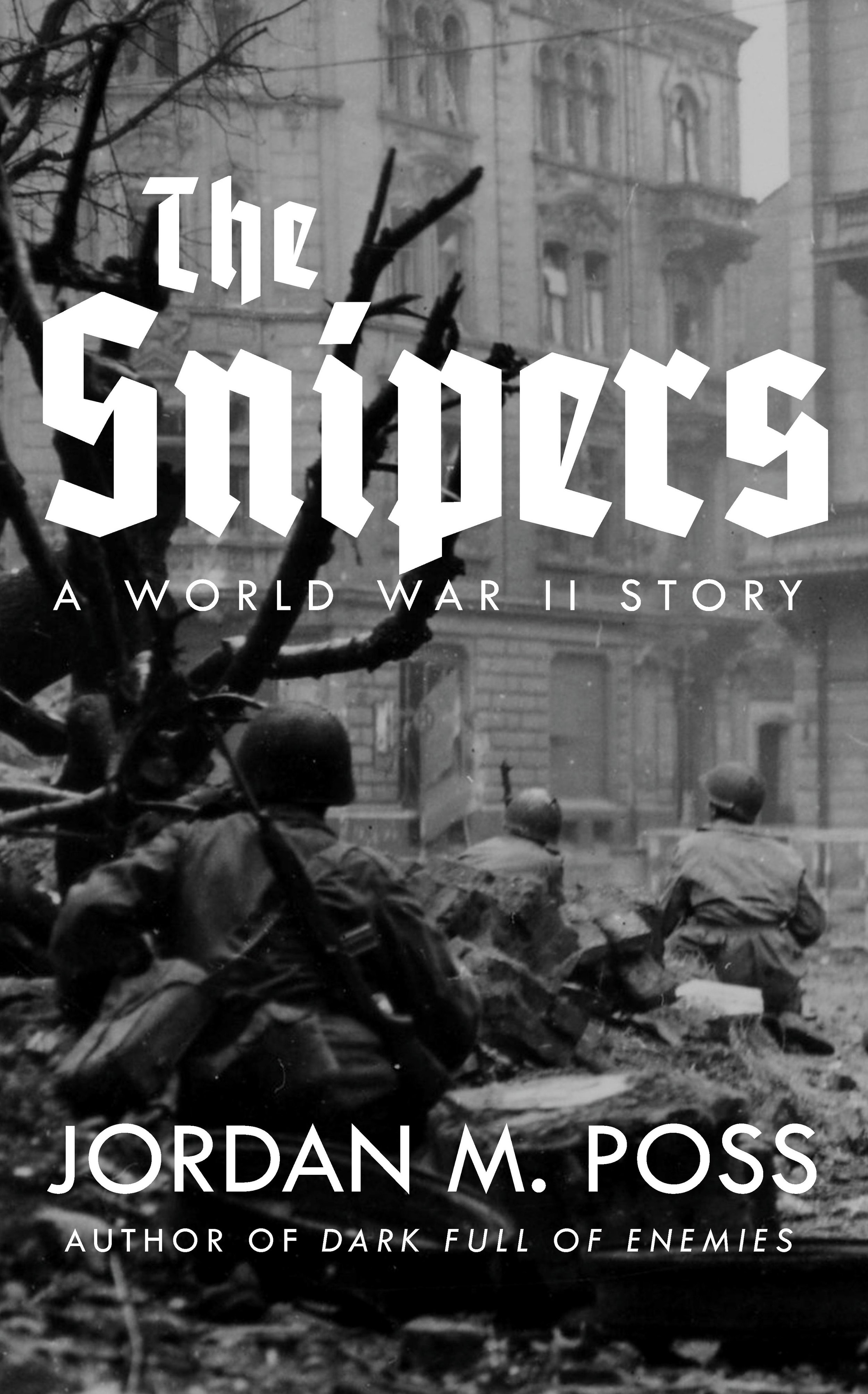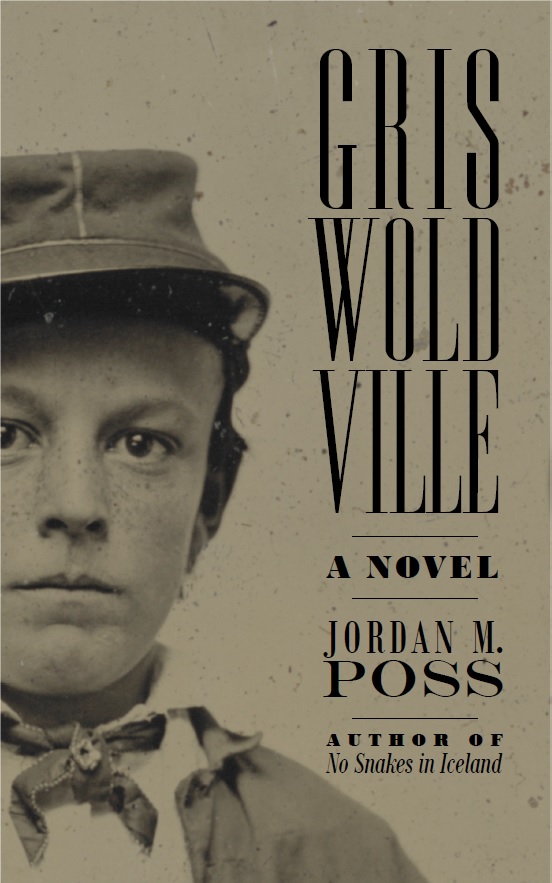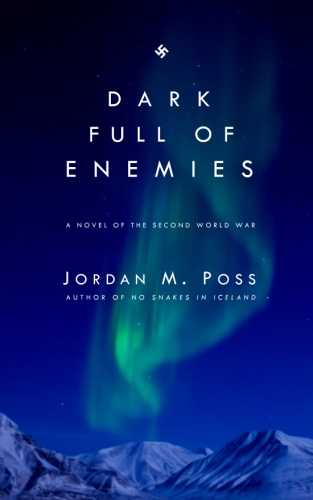Final exams have ended, final grades are in, and summer graduation was yesterday—a fast and busy capstone on a fast and busy semester.
Coincidental to completing and sharing my post on John Gardner’s “vivid and continuous fictional dream” last week, John Wilson had an interesting reflection on dreams and dreaming at First Things. He writes that, like me, he has had a peculiar “fascination” with dreaming since childhood and that, like me, on first encountering Freud’s Interpretation of Dreams he “digested his interpretations of dreams, and pronounced him ridiculous, a judgment I was never required to modify.” Hear hear.
What most interested me was the way Wilson, who is about twice my age, meditated on the way his dreaming has changed with the accumulation of years: he and his wife Wendy “seem to dream as much as we always have, so far as we can tell, but—as I reported—the quality of our dreaming is markedly inferior.”
And what are they like? He offers “a few mostly firsthand reports”:
It’s interesting that in my dreams, I am never old (nor am I very young). I honestly can’t remember even a single exception. Rather, I am an indeterminate age, neither “old” (as I am now in truth) nor “young” (as I once was). Wendy [Wilson’s wife] says much the same, though now and then she has a dream in which she is a girl. My dreams now tend to be much more fragmentary, less “well-shaped,” than they used to be; often I can hardly remember them when I wake up, whereas in the past I could often remember them in some detail. I do not have as many truly “good” dreams as I used to, but blessedly they do come now and then, leaving a sense of great felicity and thankfulness.
There is more in this fun, thoughtful reflection (fun and thoughtful are the chief characteristics of most of Wilson’s writing, an admirable combination), and you should definitely read it. Having so recently written about the writer’s quest to create, to craft—with meticulous and exacting hard work—a fictional dream in the mind of the reader, Wilson’s piece turned me toward my own dreams. For whomever is interested (“we all know that sinking feeling when someone is about to recount a dream to us,” Wilson writes), I thought I’d work out a few firsthand reports of my own.
My own interest in dreams originates in personal experience. As long as I can remember, I have dreamed vividly and often, pretty much every night. I still remember a few from very early childhood quite palpably—probably because, like a good fictional dream, they included good sensory details to assure my mind that this is really happening.
Though I had nightmares often enough as a kid, I never experienced sleep terrors or sleepwalking, though my brother and sister did. I have also never experienced sleep paralysis and can only remember ever having one lucid dream.
Like Wilson, I’ve had a few dreams come true, though never any of consequence—though the accurately foretold death of my favorite goldfish hit pretty hard when I was ten.
Also: A song that used to play on our local Christian music station, late at night when I was trying to go to sleep (see below), paused between stanzas for a quotation from the Book of Acts: “And it shall come to pass in the last days, saith God, I will pour out of my Spirit upon all flesh: and your sons and your daughters shall prophesy, and your young men shall see visions, and your old men shall dream dreams.” Your old men shall dream dreams, among the most poetically rich and eerie lines ever written, has stuck with me ever since.
While I’ve never been an outright insomniac, I have often struggled to sleep. Dreaming seldom helps. As I’ve aged, I’ve dreamt more and more; while I know it’s an illusion, it sometimes feels as though I’ve dreamt all night and I wake up exhausted.
I have occasionally thought of keeping a dream journal. I never have because it would be too time-consuming.
That feeling of exhaustion, of having worked at something all night, occurs irrespective of what happens in the dreams. I seldom have real nightmares. When I was a kid, an episode of “The Real Ghostbusters” inspired one recurring one, and I had a few in high school and college that involved moments of pure, horrifying epiphany, which ended in trying to release a scream for which I could never have mustered enough breath. The last time I remember a movie or book affecting my dreams was in college, when reading Flags of our Fathers for a historiography project made me dream that I was walking around campus with my right arm blown off. The nightmares I have nowadays are exclusively about failing to protect my children.
But more often, my “bad” dreams are either work, or getting some concept stuck in an endlessly repeating loop—like a conversation that keeps coming back to the same thing, like one bar of a tune or half a line of a pop sung stuck in the head. When Sarah asks how I slept after a night like this, I always call it “busy busy busy.” Other times I dream of catastrophic disruptions to our household: flooding, storm damage, black mold, ineradicable weeds (that is, weeds), and, in one particularly vivid dream, fire ants fountaining out of the floor of our master bedroom, streaming clean through the carpet. One thing that hasn’t changed in the form of my dreams is that horrifying moment of epiphany I described above.
Back to the struggle to sleep. Getting hot makes me dream. So does having to go to the bathroom. So does soft ambient light shining on my face. (Once during college the blanket I had hung over my bunk fell during the night, and I woke from bad dreams to the soft green glow of the power button of my roommate’s desktop, beaming onto my face like a searchlight in the dark.) It is a commonplace in my family that the phase of the moon affects our dreams. It used to be full moons that had the starkest effects, but now, nearing forty, I seems to be full moons and new moons and most of the phases in between. I’m less sure of its role, now, but a full moon is still a virtual guarantee of weird dreams.
Did I mention I didn’t sleep well last week?
Regarding form: My dreams are rarely long narratives. More often they are snapshot moments with the backstory somehow built into my consciousness of that moment. Often they affect me deeply, though not necessarily negatively, and take a while to dissipate when I wake. This is despite often staggering absurdity. I woke the other night dreaming that a self-checkout card machine had declined a purchase with the onscreen note “It appears you have no money left.” This was the night after payday, and I nevertheless spent a while tossing and turning, fighting the urge to check my balances on my phone.
But every once in a while I have a continuous dream, which doesn’t have a story so much as an improvisatory complexity, continuously and spasmodically uncoiling into new phases that seem in the moment to relate to each other but disintegrate like a sandcastle under the high tide of waking.
Another recent one: There was a noted haunted house on my campus (which wasn’t really my campus). I and a colleague, a presence as indeterminate and generic as Wilson’s age in his dreams, opened the trap door into the tunnel with the intention of investigating but had to go away for something. Here there was an interval explaining the history of this house as the model home for some kind of old development planned by a famous industrialist. When we returned, students were lounging around the trapdoor and had broken the rungs off the ladder leading down. I reamed them out—something I would never do in real life and that stressed me out in the dream. We entered, climbed up into the haunted house (haunted houses apparently not having front doors), and on a second-floor landing I started hand cranking a Victrola-like record player that emitted either 1) old music or 2) the voices of the dead. It wasn’t even clear during the dream.
And it went on from there. Absurd in toto, but moment by moment real and believable and important and absurd. This is where my nights mostly muddle along, in dreams of this quality, much of the night (or so it feels).
All of which has influenced my artistic sensibilities about dreaming. I have a “writing notes” post on crafting dreams in fiction (as opposed to Gardner’s fictional dream) that I’ve been fiddling with for a year or so. Realistic, effective dreams in fiction are short, hard-hitting, emotionally simple but thematically complex. Here’s one I believe 100%, from eight hundred years ago:
Living surrounded by splendor Krimhild dreamed a dream:
she had trained a falcon, glorious, strong-winged, fierce, and wild,
and a pair of eagles tore it apart in front of her eyes.
No pain, no sorrow in all the world could be worse than what she’d seen.
That’s from the very first “Adventure” or canto of the Nibelungenlied, and turns out to be prophetic. I believe and accept this dream totally, as I do some of Winston’s pained dreams of Julia in Nineteen Eighty-Four or Sheriff Bell’s dream at the end of No Country for Old Men. I do not believe or accept the long, complicated, coherent dreams, heavy on dialogue and obvious symbolism, of Robert Jordan’s Eye of the World.
Let me conclude with good dreams. Like Wilson, for me these are rarer and a real mercy when they come along, shining out in the middle of a crowd of busywork, annoyingly repetitive dreams, bad dreams, and a scattering of nightmares. They mostly have to do with home, or family. Contentment and relief are a recurring theme. Stillness is their motif. Here’s one for which I only changed the names and location (and century) before importing it into Griswoldville:
A dream worth recording last night: I was at home—both here and at the farm where I grew up, as is the manner of dreams—of an evening. I sat on the porch in the quiet watching the sunset and the younger children playing in the yard beside the shade tree, and was somehow aware of a get-together going on in the house. Eliza was there, and all our children, and James and Jefferson and Bit and their children, even Fayette. What is more, my mother and father were there, not as ghosts but as I recall them from my childhood, before the war, far younger than myself now—and finally my grandfather. After a time he came out of the house where the sound of cheer and fellowship was going on and joined me on the porch. We sat in the rockers Eliza and I used to rest in of an evening. It was, in the dream, not that strange that he should be there with us, these generations gathered from the quick and the dead of the better part of a century, but I nonetheless sat shamefaced for a time. For as long as I have missed him, as long as I have had to live without him, I could not now—with him here, with all the evening before us to converse and commiserate—find anything to say. Such, once or twice a decade ever since the war, have been my dreams of him. This one seemed no different, until at last he, seeming to know my thoughts, patted me on the shoulder with his warm earth-smelling hand and chuckled in his old raspy laugh, a sound I recall as if it were yesterday. My shame lifted in an instant.
The narrator, Georgie Wax, is an old man dreaming dreams. That’ll be me soon enough. I pray they are mostly good and restful ones.
If you overmastered that “sinking feeling” Wilson so aptly described and put up with me, the “tedious person” from my post on the fictive dream, thank you for reading. This won’t be my last reflection on dreams and dreaming. Perhaps soon I’ll dust off that note on crafting dreams in fiction.

















